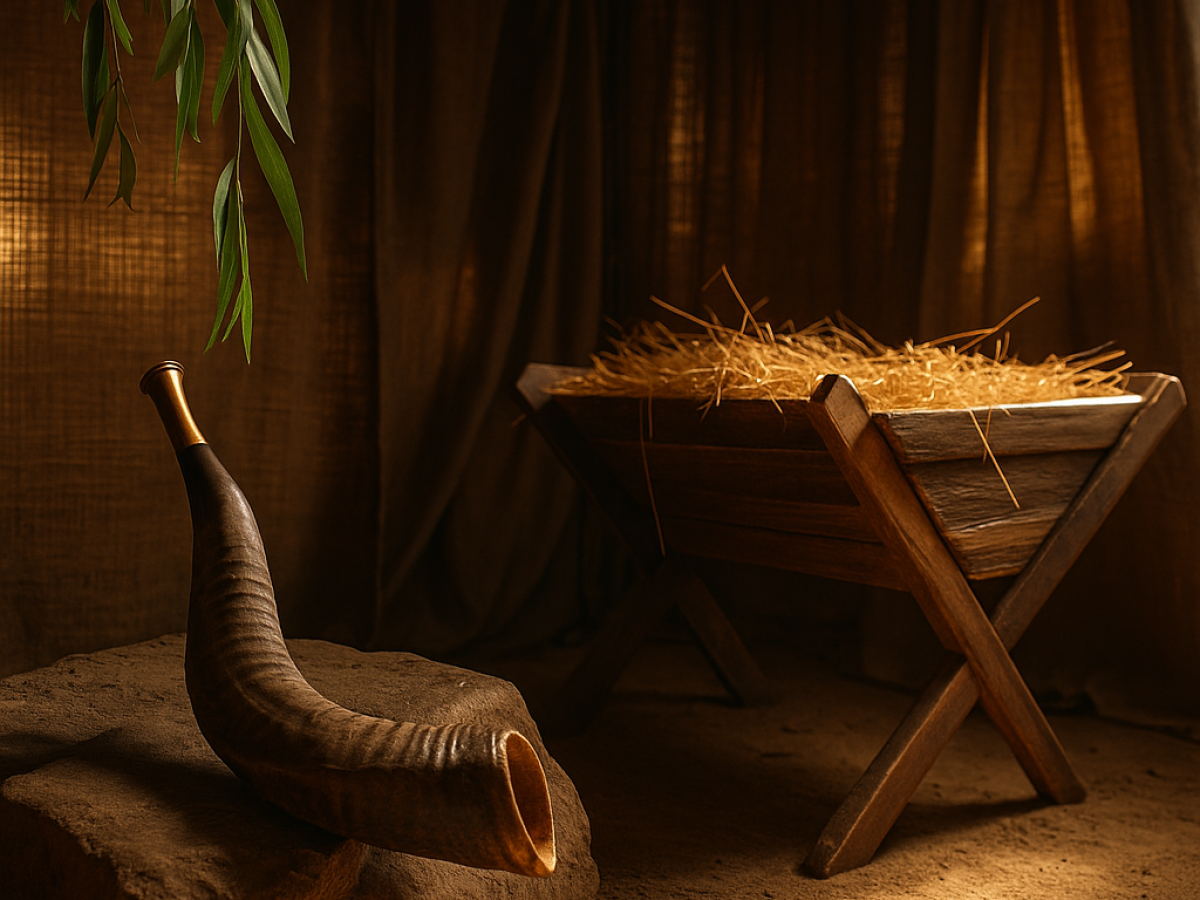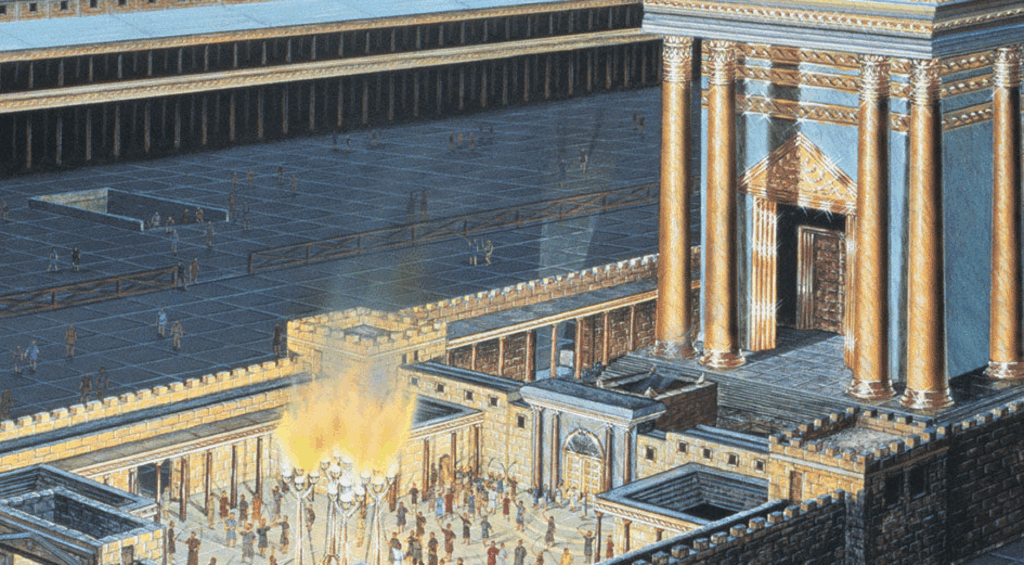
Great Salvation
The Feast of Tabernacles (Sukkot) concludes with Hoshana Rabbah, or the Great Salvation. It is the seventh day of the feast, when priests in the Temple circled the altar seven times, waving palm and willow branches, crying “Hoshana: Save us now!” and blowing the shofar. The ritual echoed Israel’s ancient memory: the wilderness wanderings had ended, and God’s presence had guided them to the promised land. They built booths to remember how the Divine Presence—cloud by day, fire by night tabernacled among them.
Forty-two encampments marked their journey, and at the end, a Sukkot type fulfillment. At Jericho, the priests once again marched seven times around the city and on the seventh day— blowing trumpets, carrying the ark of covenant, the visible throne of God’s Presence and Jericho’s walls fell by worship. The conquest of Canaan had begun with a Sukkot-like procession: the Divine Presence taking possession of the land. This feast points to the Great Salvation that God promised from the beginning.
Forty-two Generations leads to the Great Salvation
Generations later, Matthew’s Gospel mirrors this pattern. He lists forty-two generations from Abraham to Messiah, six cycles of seven, announcing that the seventh has dawned. The wandering has reached its destination. “The Word became flesh and tabernacled among us.” (John 1:14). The conquest of the world has begun with a special Sukkot.
Yeshua is the living tabernacle of Divine Presence whose likely birth at Sukkot fulfills the ancient pattern: God once dwelled in a tent among Israel, then entered the land at Jericho, and now dwells in human flesh. Immanuel “God with us” is a declaration of the end of the wilderness journey and the final Hoshana Rabbah, the Great Salvation. Yeshua Himself is the Great Salvation that Sukkot anticipates.
The shofar is sounding announcing the Presence has returned and is dwelling among us. The long journey has converged in Him, Yeshua the Messiah. Draw near to Him and you’ll be drawing near to the Presence of God. Here’s to the Great Salvation: Chag Sukkot Sameach.


Leave a Reply